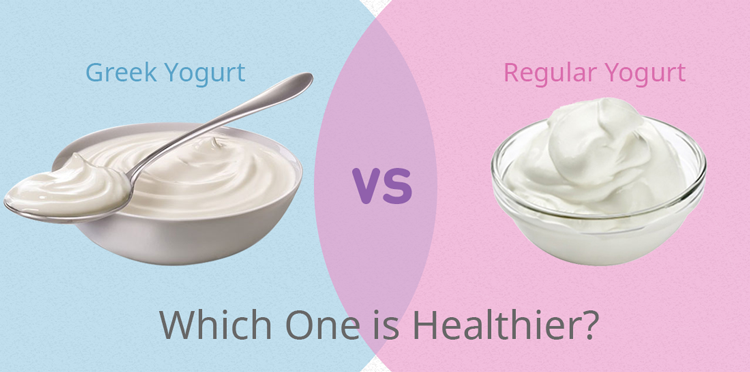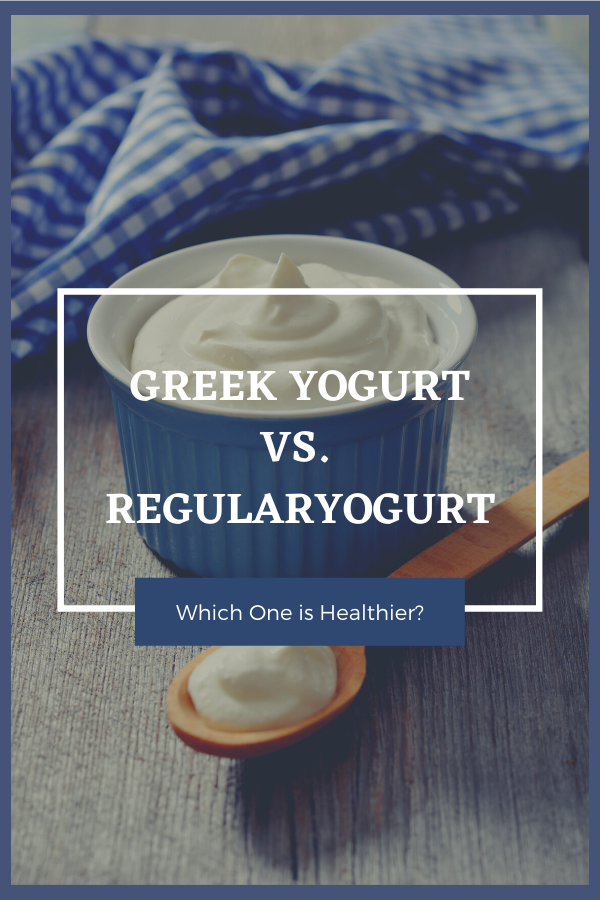
Introduction
Yogurt is made by the natural bacterial fermentation of milk. Yogurt can be made from cow’s milk, goat’s milk, sheep’s milk, nut milk, soy milk, rice milk, buffalo milk, horse milk, yak’s milk or camel’s milk.
Yogurt comes with a variety of flavor and can be found in regular, low-fat and non-fat. Its taste can be mildly tart or quite sour. Its texture can be thick, thin or anywhere in between.
History of Yogurt
The name Yogurt was derived from a Turkish word meaning to curdle or to thicken. Yogurt became popular in Western culture in the latter part of the 19th century.
It is consumed in a variety of ways including shakes, smoothies and as a replacement of milk, sour cream and even cheeses. However, yogurt has been a staple in the Middle East for thousands of years, long before it become a mainstay in the United States.
Legend has it that yogurt was accidentally discovered in Mesopotamia around 5,000 B.C., when milk-producing mammals were first domesticated. Way back then, the milk was carried in bags made from the stomach of these animals.
The digestive juices and the bacteria in the stomach linings made the milk curdle and become acidic. Since then, it became an interesting food and also gained a reputation as a cleaning product.
In 2000 B.C., yogurt was used as a beauty lotion to help exfoliate dead skin cells.
Nutritional Content
Nowadays, the dairy aisle in various supermarkets is flooded with an array of yogurt products. But what is the hype all about?
Yogurt is given prime real estate in many supermarkets due to its overflowing health benefits. When you hear the word yogurt, one thing that comes to mind is the word probiotics.
The word literally means “for life”. With an adequate amount of good bacteria in yogurt, it is known to aid in digestion and immune function. Because it is made from milk, yogurt naturally contains calcium, vitamin B-2, B-12, potassium, and magnesium.
These nutrients play an important role in the prevention and treatment of osteoporosis. The vitamin D in yogurt combined with calcium has a clear skeletal benefit.
Greek yogurt vs. regular yogurt
There are different types of yogurt offered in the market. The choice of what works for you depends on your daily dietary needs. For instance, Greek yogurt is higher in protein than the regular yogurt. Greek yogurt contains 15 to 20 grams of protein, while regular yogurt provides just 9 grams.
However, Greek yogurt provides 80 percent of your total daily allowance of fat for a 2,000 calorie-diet. It contains 16 grams of saturated fat, while regular yogurt contains only 5 grams of saturated fat. Remember, this saturated fat spikes the bad cholesterol in the body, increasing the risk for heart disease.
A regular yogurt provides 30 percent of the recommended daily amount while Greek yogurt only brings about 20 percent of the daily recommendation as it loses some of it through the straining process.
According to Nielsen, a global marketing and advertising research company, sales of Greek yogurt have skyrocketed because it satisfies the consumers’ nutritional needs, convenience, and taste.
Greek yogurt has a thick, creamy texture that is often substituted for other creams in baked goods.
Both types of yogurt can contribute to a healthy diet. The only difference is their processing because Greek yogurt is typically strained three times, while regular yogurt is only strained twice.
Conclusion
Yogurt has been an important health food for many people. Both Greek yogurt and regular yogurt help you lose weight by keeping you full on fewer calories. To take advantage of its benefits, the key is sticking to the plain, non-fat, or low-fat varieties.
Enjoyed Greek Yogurt vs. Regular Yogurt: Which One is Healthier?? Share it with your friends so they too can follow the Superfoodsliving journey.
Share on Pinterest
